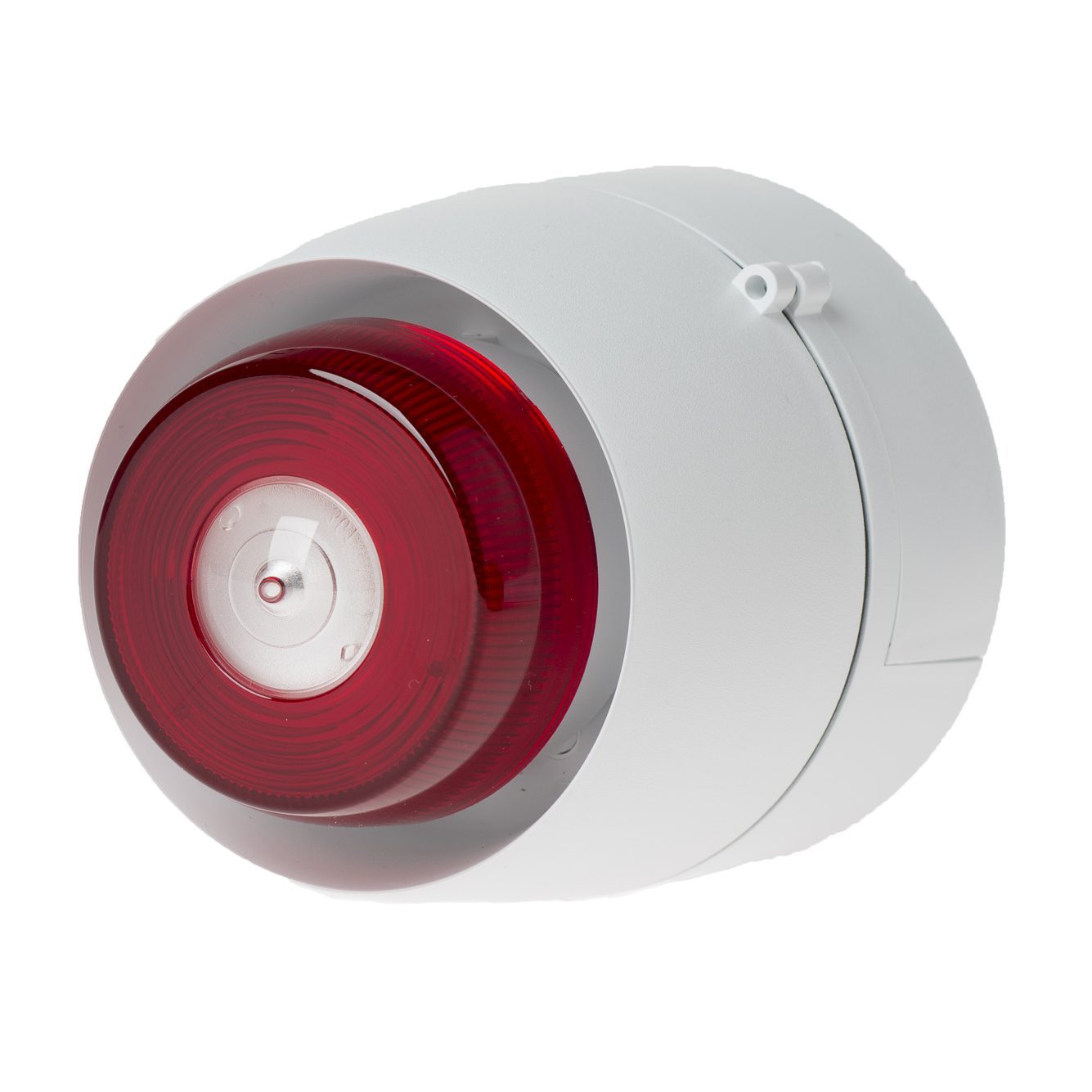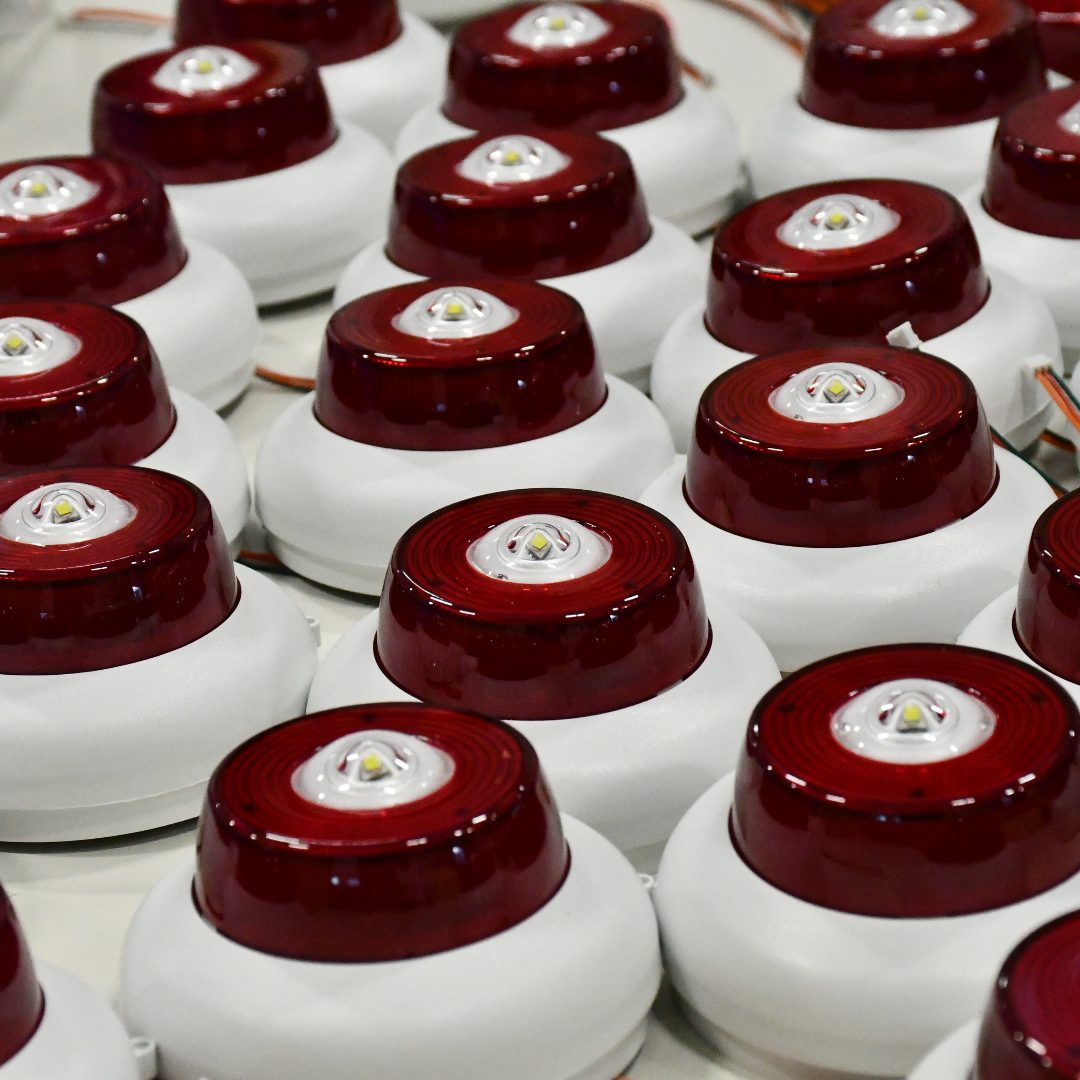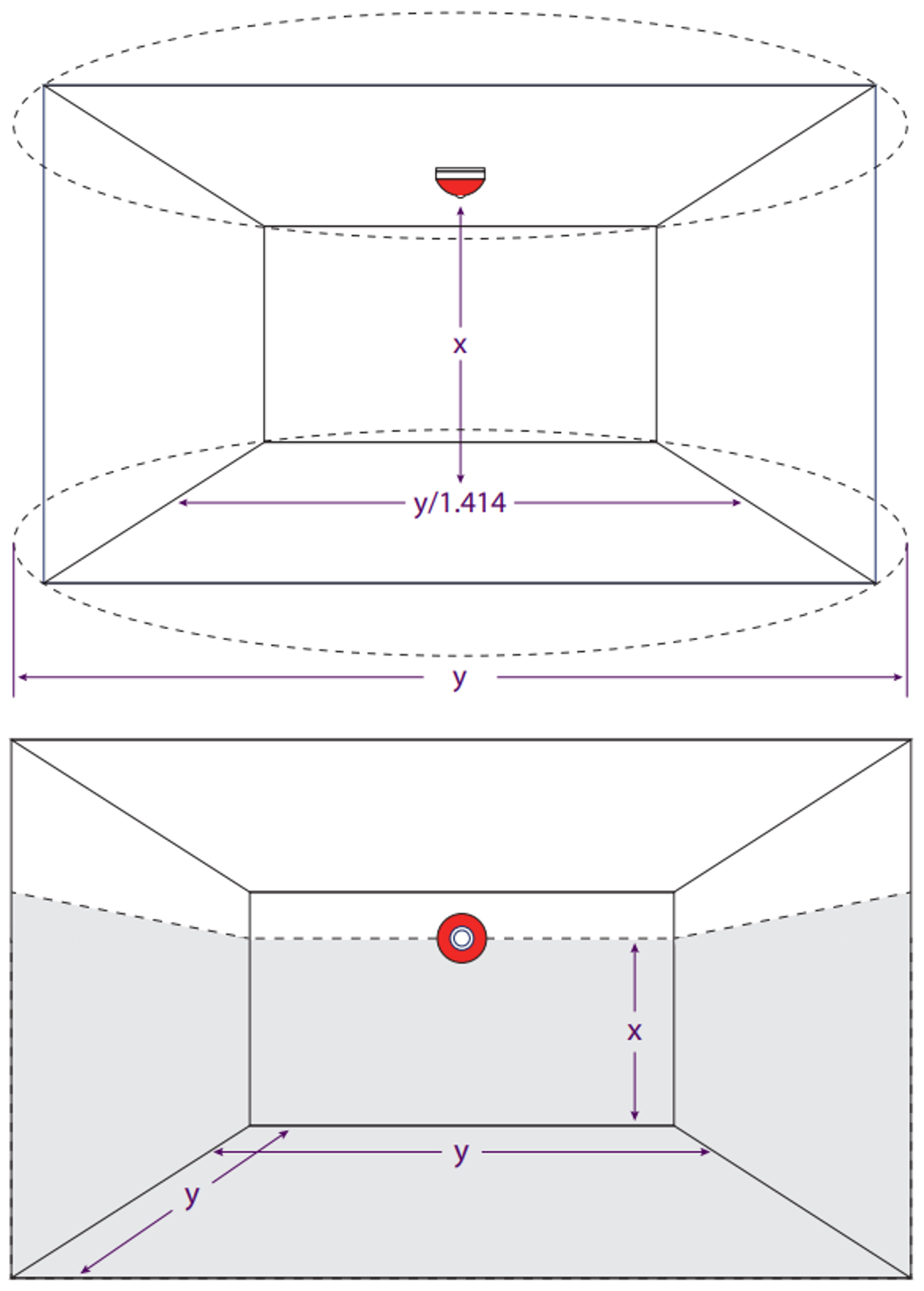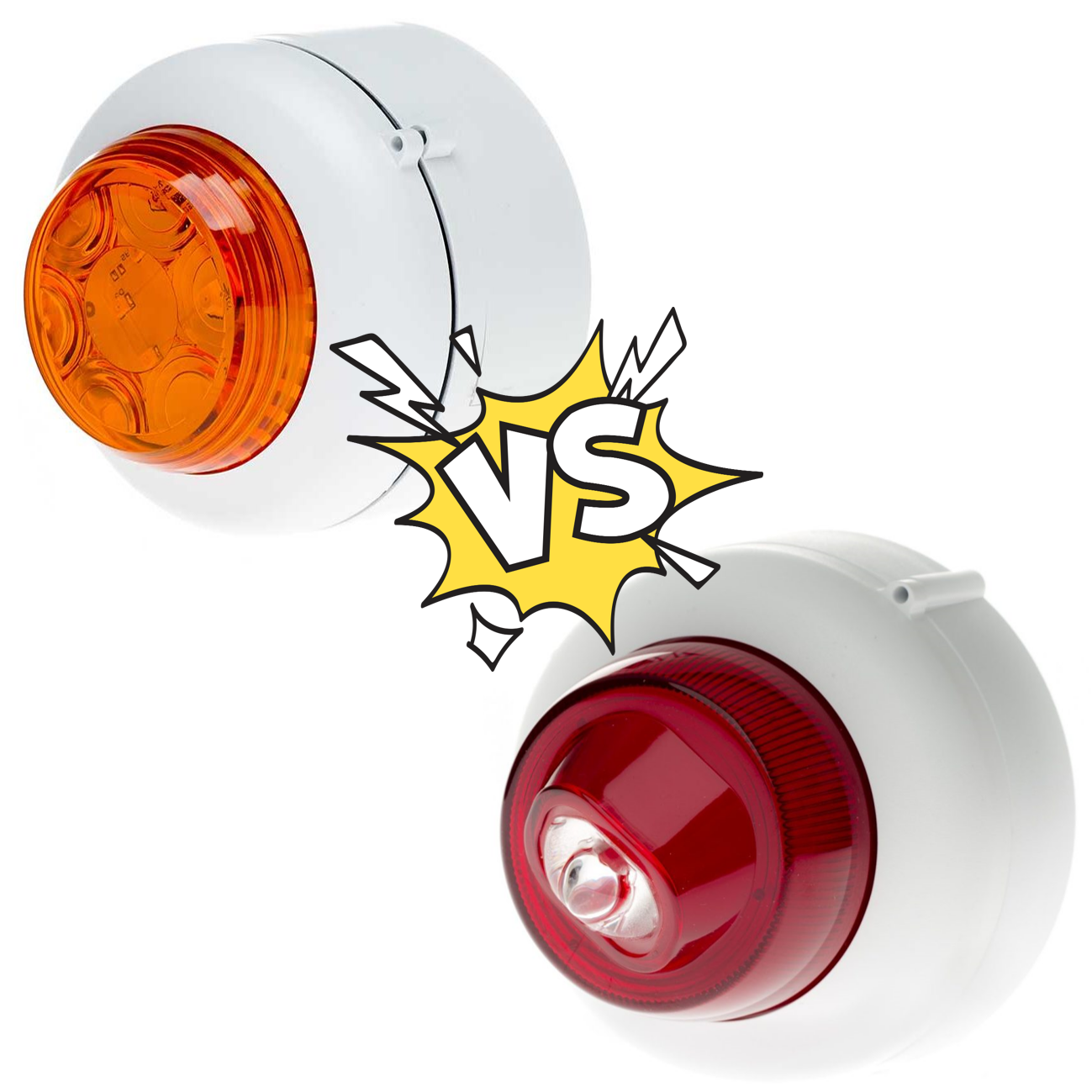Enhancing Evacuation Safety Using Visual Alarm Devices
Quick and safe evacuation is vital in emergency situations. Visual alarms are crucial components of emergency alert systems, providing a clear visual cue to people who may have difficulty hearing or processing auditory alerts. By enhancing the effectiveness of emergency response systems, visual alarms can save lives.
Why Use Visual Alarms?
Visual alarms are crucial in emergency evacuations to ensure the safety of all individuals, including those who may have difficulty hearing or processing auditory alerts. By providing a clear and visible warning, visual alarms help people quickly identify the need to evacuate and locate the nearest exit.
In addition to auditory alerts, visual alarms can significantly enhance the effectiveness of emergency response systems, reducing the risk of injury or loss of life. This is especially true in noisy or chaotic environments, where auditory alerts may be difficult to hear or understand.
By incorporating visual alarms as a vital component of emergency alert systems, we can help ensure quick and safe evacuations, saving lives and minimizing property damage.
Using visual alarms in a building ensures compliance with the 2010 Equality Act and various other building regulations. These regulations emphasize the necessity of providing inclusive emergency communication systems, which encompass visual alarms for individuals with hearing impairments or in loud environments.


How do you prepare for an evacuation?
Select the Appropriate Type of Visual Alarm: There are different types of visual alarms available, such as strobe lights and LED signs. Choose the type of visual alarm that is appropriate for the environment and the individuals who will be using it.
Ensure Visibility: Place visual alarms in prominent locations where they can be easily seen by everyone in the building, including those with disabilities or impairments.
Integrate with Auditory Alarms: Visual alarms should work in conjunction with auditory alarms to ensure that everyone is aware of the emergency. The two systems should be synchronized and operate in unison.
Train Occupants and Employees: Educate occupants and employees on the use of visual alarms, what they mean, and how to respond. Provide regular training sessions and emergency drills to ensure that everyone is prepared for an emergency.
Alarm Design: Consider visual alarm design factors, including colour, intensity, flash patterns, and duration, to optimize visibility and effectiveness for different individuals and environments.
Activation: Compare the benefits and considerations of manual activation and automatic activation systems for visual alarms, depending on the specific evacuation needs and scenarios.
Highlights To Remember
Visual Alarms should be visible to everyone in the room
use a bright flash in red or white
Integrate Visual and audible alarms for multiple signalling
Conduct regular testing and mainatnance of alarms
Ensure Compliance with building codes and standards.
Ask the experts whenever you are in doubt
Still have unanswered questions?
Our experience in alarm applications expands beyond what we have available online. We’re here to help if we can.


